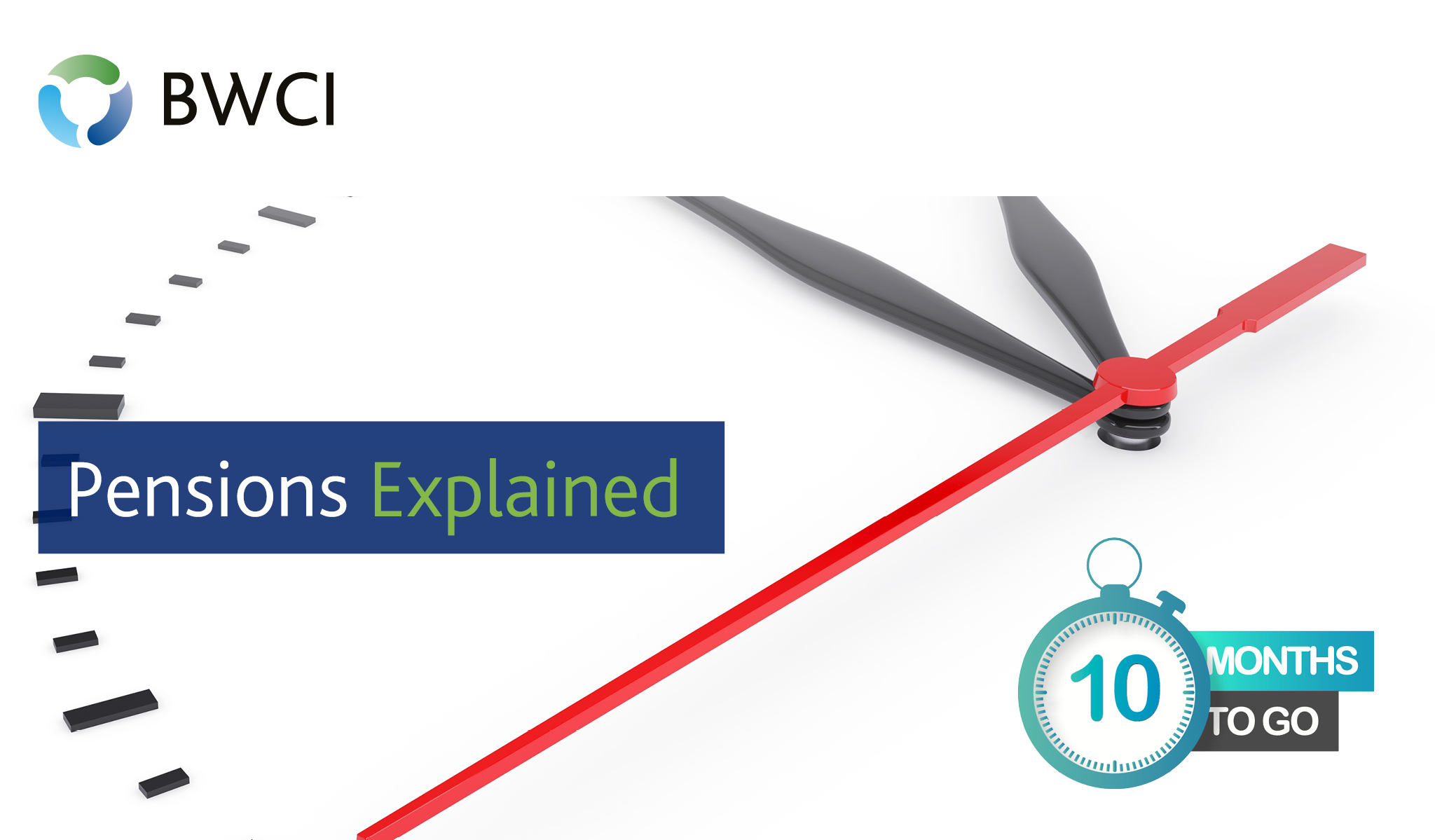It’s not unusual to want to bury your head in the sand when it comes to imminent change. But local employers in Guernsey won’t have the option to hide away when it comes to the introduction of secondary pensions in January 2023, subject to final approval from the States of Guernsey.
The States have been warning of its introduction and last year’s delay came as a welcome reprise for some. But for a large number of employers the delay didn’t halt their activity and many have set pension schemes up early to help with the recruitment and retention of staff. However, with less than 12 months to go for larger businesses (with more than 26 staff) to get their ducks in a row, it’s time to grasp the nettle.
The States of Guernsey policy letter means that it will be a mandatory requirement for all local businesses – regardless of industry – to enrol eligible employees in a qualifying pension scheme. Over a period of 15 months all employers, regardless of the size of their business, will have to have done this.
See here to find out where your business falls in the timeline of events:
| Latest date of Compliance | Number of Employees |
| 1 January 2023 | 26+ |
| 1 April 2023 | 11-25 |
| July 2023 | 6-10 |
| 1 January 2024 | 2-5 |
| 1 April 2024 | 1 |
In terms of what you do and don’t have to do, the employer’s role is clear. You have to contribute for every eligible staff member unless they decide to opt out of the pension scheme. However, if staff do opt out you will need to attempt to re-enrol them every three years. It will also be illegal to offer inducements to opt out.
Regarding contribution, the joint rate is split roughly one third employer and two thirds employee. The long-term contribution rates are 3.5% for the employer and 6.5% for the employee. However, employers will only have to contribute for employees who have not opted-out.
In 2022 terms, the maximum employer contribution in the long term for an individual earning in excess of the Upper Earnings Limit would be £5,509 pa; the maximum employee contribution would be £10,231. The minimum contribution will also be phased-in over 7 years, until the joint rate is 10%.
The steps you take next depend on whether you already offer a pension scheme or pay contributions into a pension scheme which each employee selects, and if you do, whether it covers all staff within the scope of secondary pensions.
If you don’t provide a pension, you will need to set up a pension scheme.
We’re here to help. If you have any questions about secondary pensions or would like to talk through the options in your particular circumstances, please contact John Martin (john.martin@bwcigroup.com).
BWCI Pension Trustees Limited, which is regulated as a pension provider by the Guernsey Financial Services, offers a range of services to help employers meet their obligations under secondary pensions, ranging from our Blue Riband suite of positive retirement solutions to a fully bespoke arrangement.

